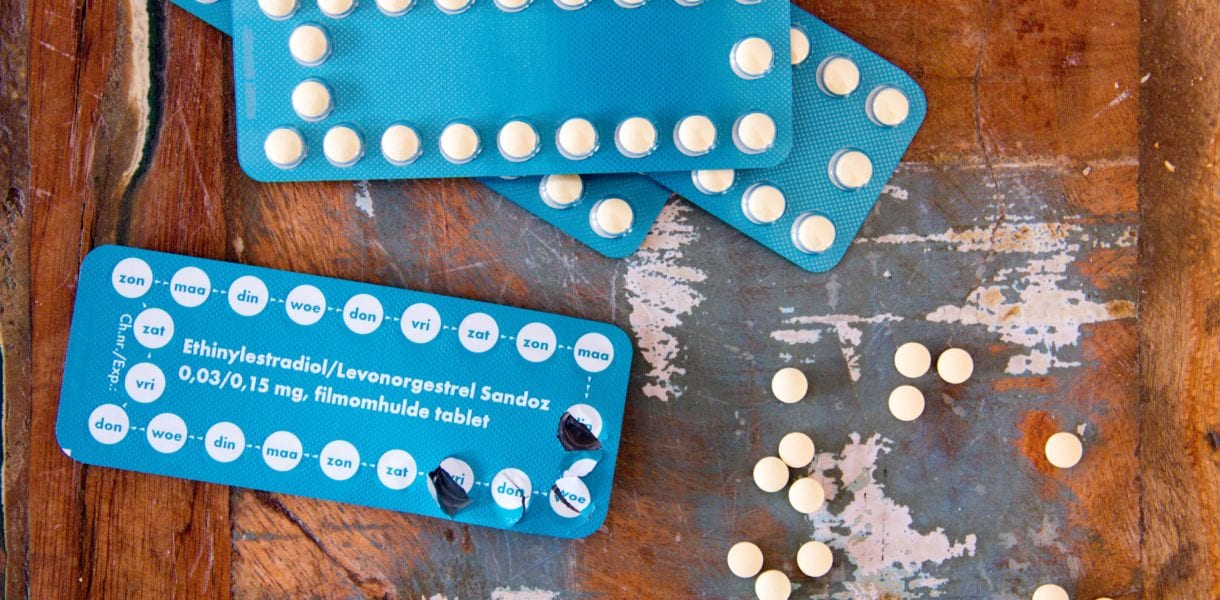My story begins at the tender age of 14 when I started experiencing abdominal pain. After talking about it with my doctor, he referred me to a gynecologist. At my very first appointment, I sheepishly answered a barrage of questions and we got down to the heart of the matter. Turns out that I had ovarian cysts and the best course of treatment was birth control to regulate it. This began a long and somewhat frustrating journey.
The first pill I was prescribed was Yasmin. I remember looking at my first pack in its little slender purple packaging and not thinking much of it; I had no reason to be skeptical. It wasn’t long before I realized that Yasmin wasn’t for me. I just remember feeling off. I hadn’t experienced weight gain and my acne was already flaring because I was a teenager but the headaches started.
My parents suggested that I go back to the doctor and this time around he prescribed Yaz. It seemed to be more of the same and he reassured me that I just needed to let the medicine work its way through my system. Within months, the pain from my cysts went away but I started experiencing migraines with aura. The migraines are the worst symptom that I’ve had from taking birth control because I still get them to this day.
I called for yet another appointment and was anxious to try something else. I had the Ortho Evra patch on my arm for three days before I found myself with a severe fever and was in a nearly comatose state on the leather couch in my living room. I took the patch off and decided that I should take a little break from this experiment.
After all that trial and error, the doctor finally determined that the estrogen in these methods was the culprit for my negative reactions. By 18, I transitioned to a progestin-only pill. I took it on and off for the next several years. I experienced some mood swings but nothing significant. At that age, I wasn’t as concerned about the cysts and was less consistent in taking the pills than in years past. During the off periods, I realized that I wasn’t actually producing the cysts anymore, so I made the choice to stop taking it all together.
Fast forward through my twenties, my menstrual cycle eventually took on a mind of its own. The frequency changed and I was just monitoring it for the time being. I knew that birth control can help regulate cycles but as you could imagine, I had grown skeptical of going back on it. I waited for a long time before I finally dragged myself down to Planned Parenthood. This time around I was 25, more confident because I had information about my body and I was able to communicate my needs. Plus, I had been around the birth control block a few times.
Depo Provera, the birth control shot, seemed like the best fit. I mainly had positive results within the first three months. My cycle immediately returned to a regular schedule. In order for the shot to remain effective, you have to get another one every 3 months. Everything was going great until I moved and didn’t make a new appointment to get another shot before the grace period ended. I got pregnant. I always find this part of the story to be ironic because up until that point I always considered birth control as more of a medicine than a contraceptive.
I had my son and got another dose of Depo Provera before I left the hospital. Between the post-pregnancy hormones and the hormones I took to try to prevent another pregnancy, I felt like a shell of myself. In an attempt to normalize the hormones in my body, I didn’t return for another shot.
It’s easy to say that I was pretty shocked that nine months after the birth of my son I produced another positive pregnancy test. In another nine months, my baby girl was born and the doctor came in to ask me if I wanted to go back on it. Now that I had two children under two, I was immediately interested in longer lasting forms of birth control.
Nexplanon was inserted about halfway between my elbow and my shoulder. It took about 10-15 minutes. I had a little bit of bruising and pain from the implantation. My experience with the implant was more intense than with any other birth control I have tried. Due to the fact that I had just given birth, this time, I gave it more time to try to adapt in my body. My moods were wildly changing and my cycle never went away. It alternated between spotting and an actual period for about six months before I had enough. It was removed easily and I was prepped for what is currently my last method of birth control— the IUD.
Paragard is a copper IUD that sits inside the uterus. The most appealing part is that I can forget about it and I don’t have to worry about hormones. In that respect, it has been great but the one caveat to this method is the pain. The insertion process was painful and I was lucky because my cervix wasn’t totally closed because of childbirth. The initial cramping after insertion was so intense that I was in the fetal position for two days. The cramping made menstrual cycles very painful during the first year but now it has subsided. I have finally found something that works for me and gives me protection that I am looking for.
Although this journey has been hard, I definitely learned a few important lessons. As women, our reproductive system is a central facet to our health and overall quality of life. Birth control can help with an array of ailments to get your health on track. Prevention of pregnancy is a big issue among young women who have plans that don’t necessarily involve children or having more children. Birth control is supposed to be an asset, not a hindrance. It’s important to know your body so you can advocate for yourself. So many options are available, speak up and find something that works for you.
Like this post? View similar content here: Childbirth: A Cautionary Tale






